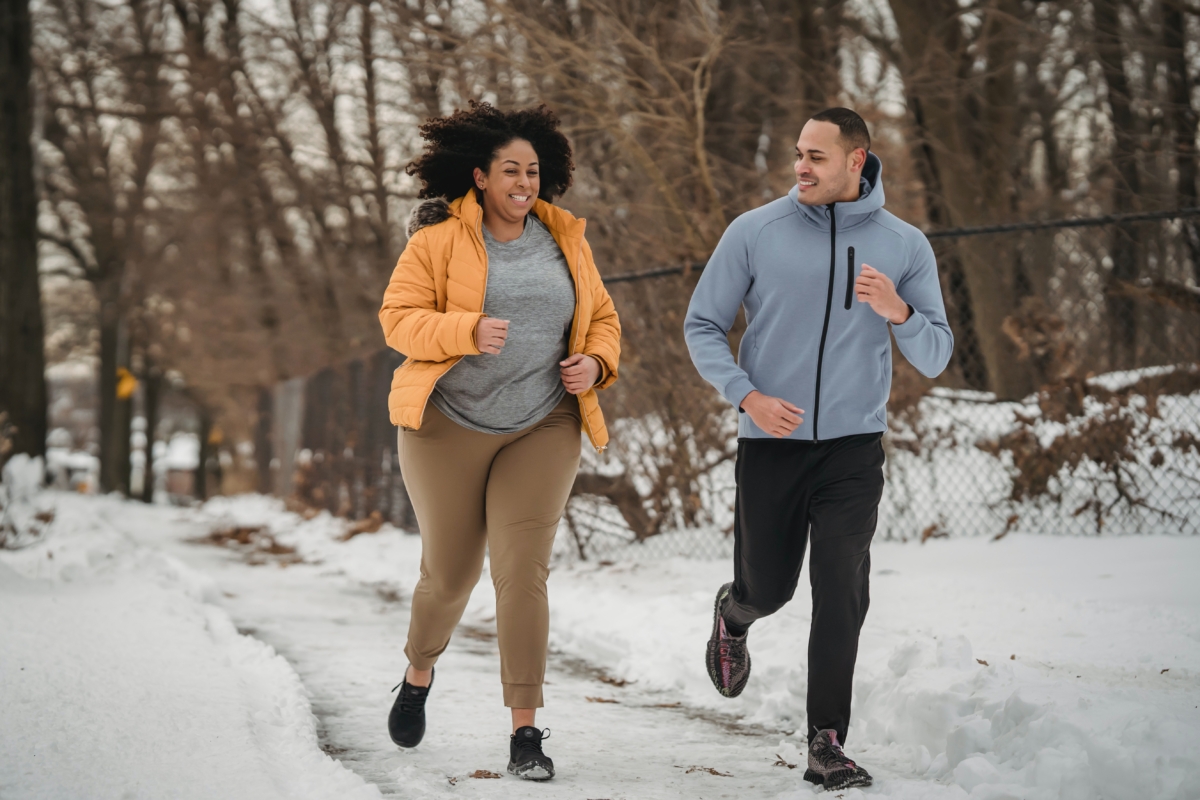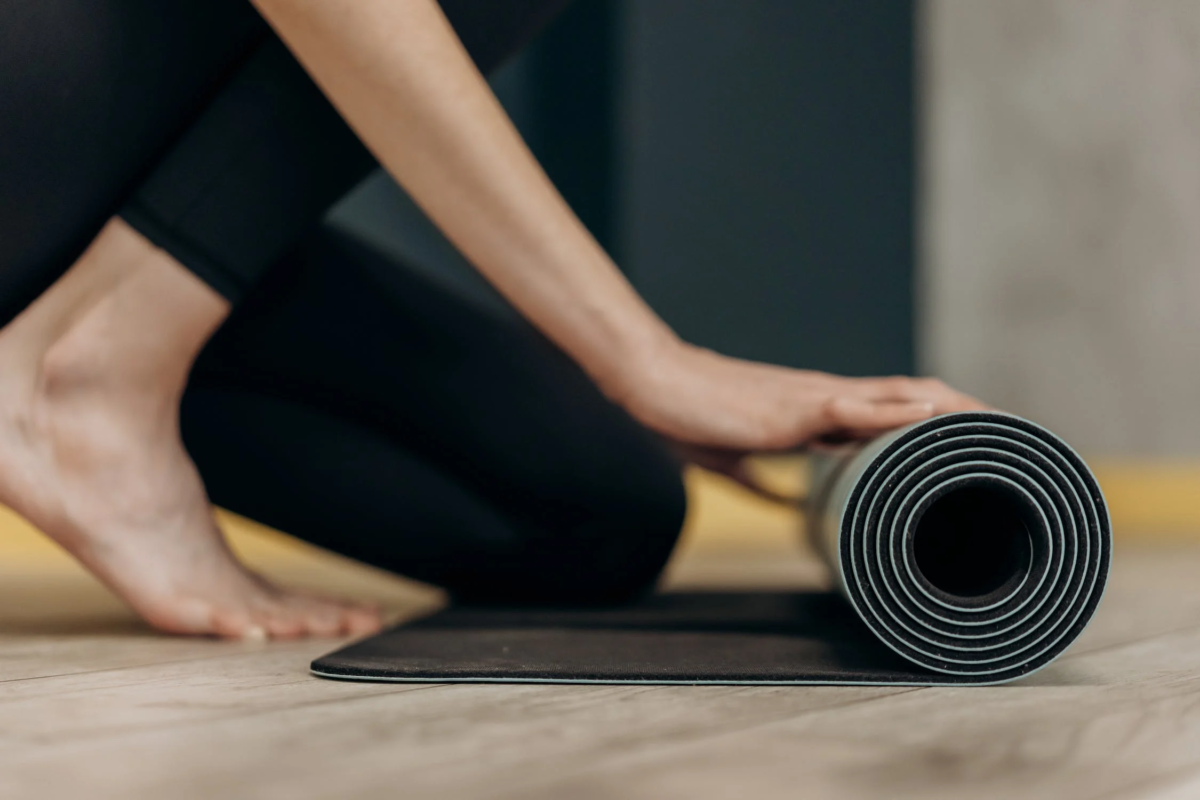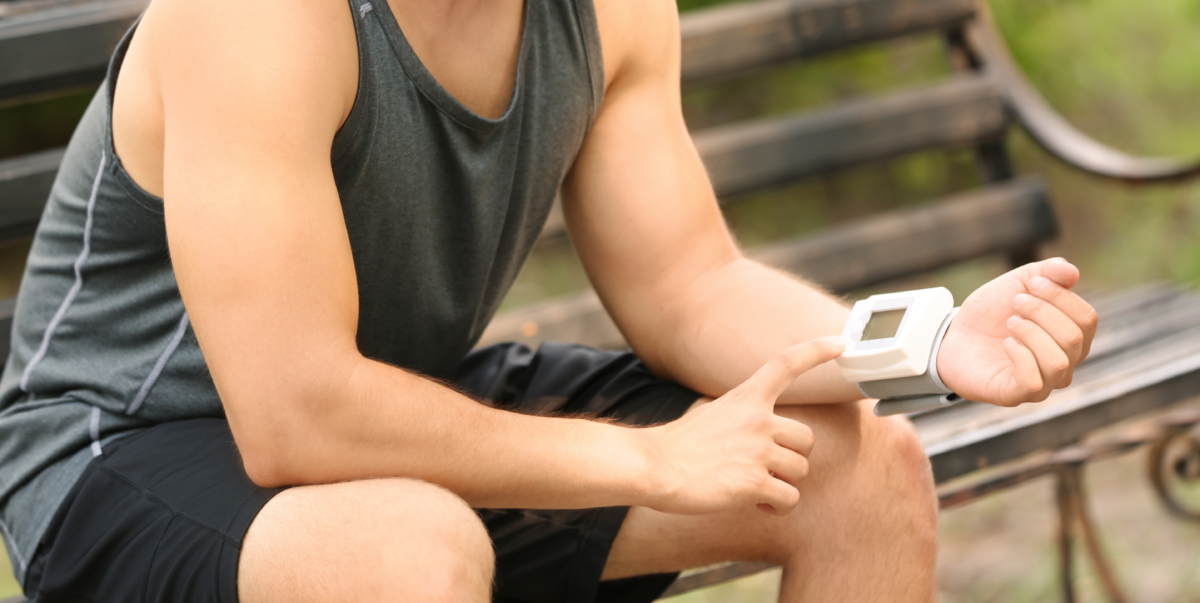Motivating yourself to exercise in the winter
Motivating yourself to exercise in the winter can be difficult, but it’s important for your health.
Winter weather makes it easier to stay cosy inside and forget exercising until Spring comes around (unless you are living somewhere warm and sunny in which case we are all very jealous).
Exercising in the winter is a struggle, especially when the fire is on inside. However, it’s important to stay healthy as regular exercise is good for your heart and overall health. The NHS recommends at least 150 minutes of moderate intensity activity a week which is just over 20 minutes a day.
Regular exercise can reduce your risk of major illnesses, such as coronary heart disease, stroke, type 2 diabetes, cancer and can also benefit your mental health.
If you needed motivation to go out and exercise, here’s your sign to focus on your health. Read our tips below on how to keep exercising regularly in the winter.
Top tips for exercising in the winter

Exercise with company
With low motivation to leave the warmth of your home, working out with someone else can be a game changer.
Not only does exercising with someone else hold you more accountable to your plans, it can also make the exercise more enjoyable which makes you more likely to stick to this routine.

Exercise at home
If you don’t want to go outside on a cold dark evening, don’t! Why not exercise from the comfort of your own home. Stay warm and healthy by exercising just over 20 minutes a day from home.
Exercises you can do at home include walking up and down the stairs, Zumba or Dancing, Skipping, Yoga, Pilates, Circuit routine including push ups and many more.

Choose a fun activity
Exercising in the winter doesn’t have to be cold and miserable, it can be fun. There are lots of exercises you can do at winter which you can’t do any other time of the year. So why not make the most of them activities whilst you can.
Choosing an activity you enjoy will help keep you motivated and keep a healthy routine with exercise in the winter. Examples of winter activities are sledding, skiing, Ice skating, walks in the snow, snowball fights and many more.

Add more steps into your routine
This is a good idea any time of the year. Even if it’s just walking around the office more during the day, this can make a difference and will turn into a habit if you repeatedly do it.
Think about how you can add more steps into your daily routine. Were you planning on ordering a sandwich from across the street? Why not walk there. Need to grab a few things from up or downstairs? Take one item at a time, even if you could carry it all in one trip.
Whatever exercise you take on this winter for your heart and overall health, keep in mind that it can be easy to over exert your self in cold weather. Dressing in layers that are easily removable for when you do get too warm makes it easier to adjust your body temperature when exercising.
If you have any heart issues such as high blood pressure, be sure to consult your doctor about what winter activities will be suitable for you. Pay attention to your body and keep your own limits in mind to avoid larger health issues and ensure that you can stay healthy and active throughout winter.


